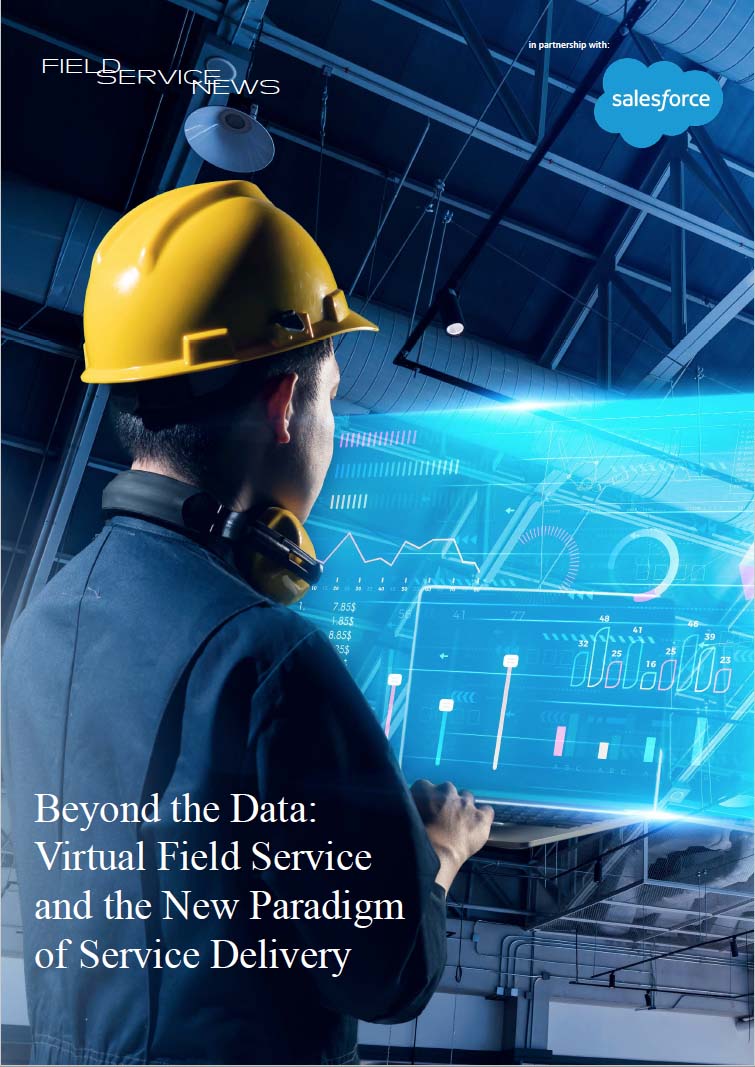Are your goals aligned with your customers'?
Reduced overheads are a benefit for service providers but do customers necessarily want cheaper service?
One of the key findings in our study run in partnership with Salesforce looking at the rise of remote service delivery was that for service providers the lower overheads of remote service is a big benefit. In this excerpt from the Beyond the Data report from this study we ask are lower costs appealing for customers as well though or is service excellence the key differentiator?
It seems clear that the massive increase in the speed of service is beneficial to both service providers and their customers alike. Is the same true of perhaps the most significant other benefit that service providers will see from adopting a remote-first approach to service delivery?
The study’s initial findings showed that this appears not actually to be the case.
The correlation between reducing overheads being acknowledged as a benefit for the service organisation and their customers seeking lower service costs is less than clear.
Well over three quarters (80%) of field service companies see a reduction in overheads/better margins as a benefit of a remote-first approach to service for their organisation. In contrast, only just over half (54%) of these companies believe their customers would see lower service costs as a critical benefit of remote service delivery over on-site services.
So what does this mean when it comes to understanding the value proposition of remote service delivery?
For Salesforce’s Michael Kuebel the question of where that value proposition lies will be different in the Consumer and Enterprise sectors.
“In B2B, you’re talking about an industrial asset and the most significant driver after a breakdown is not the service cost. It’s the productivity loss that you have. You might have to shut down a whole production line, and these costs can be measured relatively easily – they’re at least linear to the downtime, probably often going up all the time.
“Another example to hand is some of our customers’ service escalators in stores. The store manager can tell you how much revenue he loses every hour an escalator is not working. Simply because his customers don’t want to walk upstairs to the first floor, he’s losing money every hour that the escalator is down.
“In B2B, I think it’s pretty apparent speed is the driver for bottom-line cost and not if an engineer is on-site or not or if the engineer arrives early etc.
“It’s about how fast we can get that asset back up and running. On the B2C side, I believe it is the effortlessness that will more and more become the key differentiator, and this will very often beat price. We see that a big part of this effort for end-users is time. It is the time you spend on the phone, the time you have to wait for an engineer, the time you’re basically at home, while the engineer is fixing the problem and end-to-end, the time until you can enjoy your product again.
“There are more and more customers saying I’d rather go for effortless, than for the cheapest solution, so I think even in the B2C space, cost or price of service is not the predominant driver.”
Kuebel’s outlook on this was certainly borne out by the follow-up conversations that we held. These would seem to indicate that companies in both consumer and enterprise industries see remote service delivery as a means to differentiate their service against their competitors.
For example, one respondent, a Finnish VP of Service for a company in the heavy manufacturing sector with a global presence commented “for us our if our assets are down, our customers are losing money. The faster we fix those whether it be via remote service or getting an engineer on-site the happier our customers are.”
Meanwhile, another respondent, also a VP of Service for a major European consumer goods manufacturer commented “what our customers want is to make their lives easy. If we can do that by fixing things for them remotely, then that is where they see value.
“Our customers are consumers. They are used to living in a world of Amazon Prime and Uber. Service needs to be delivered seamlessly and effortlessly and that is our focus and remote service will be playing a big part of that in our future plans.”

This content is available exclusively for FSN Premium members. Please either log-in or subscribe for access


